Microdosing to get through a day at work - would you try the latest drugs trend?
The Silicon Valley trend for microdosing – taking tiny doses of psychedelic drugs to improve performance – is now spreading to the UK. Fans claim it boosts creativity, mood and focus, but does it really and what are the risks? Charlotte Haigh investigates
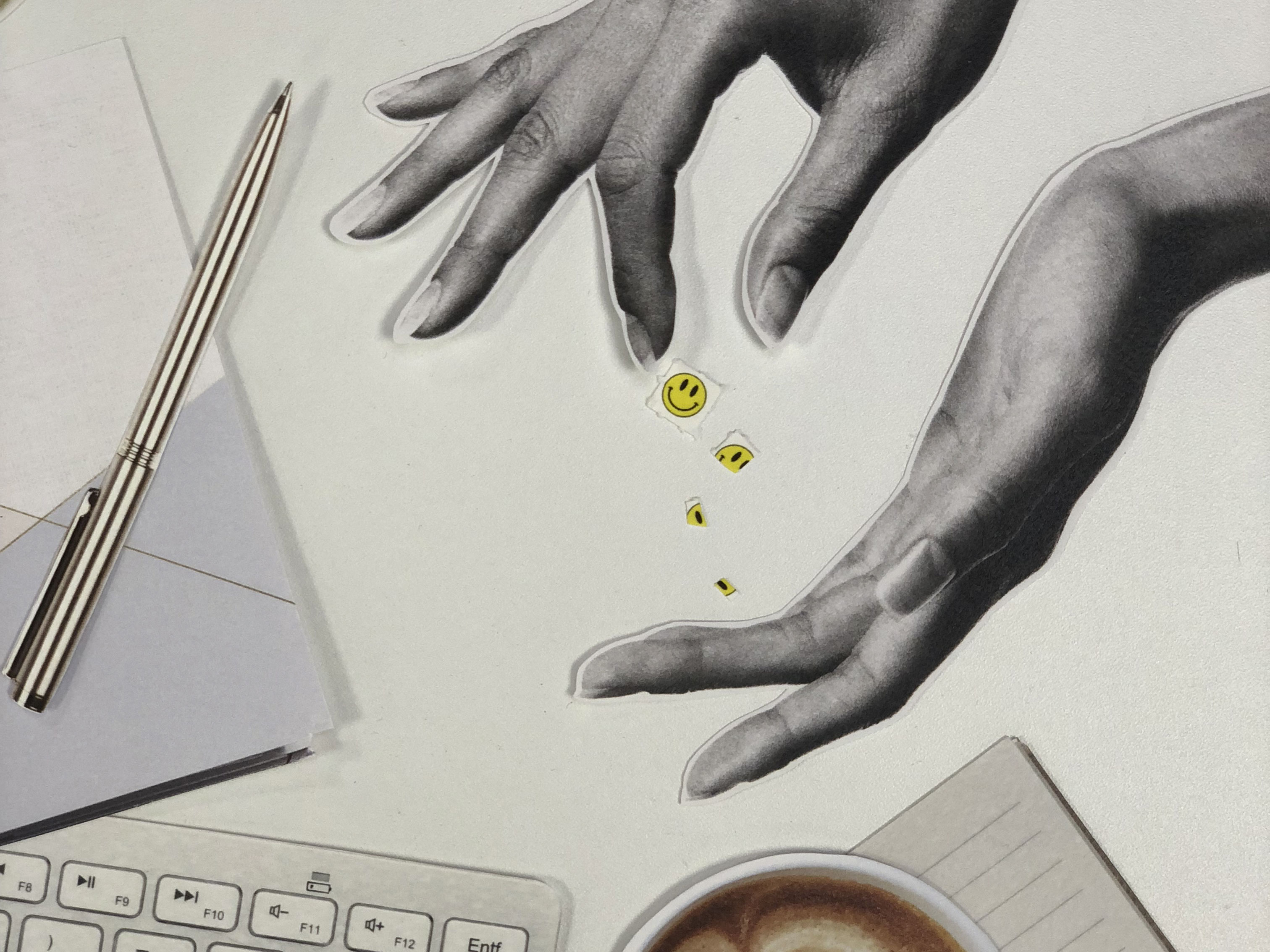
The Silicon Valley trend for microdosing – taking tiny doses of psychedelic drugs to improve performance – is now spreading to the UK. Fans claim it boosts creativity, mood and focus, but does it really and what are the risks? Charlotte Haigh investigates
Gemma, a 33-year-old buyer for a high-street fashion brand in Manchester, has been taking LSD twice a week for six weeks now. ‘I first heard about microdosing psychedelics on Reddit,’ she says. ‘I’ve always been pretty open-minded about trying out new things, and the more I read up on the science online, the more attractive it seemed.’ Like many microdosers, Gemma hadn’t actually used the class A psychedelic drug LSD recreationally and has never taken a full dose. But after two weeks of ‘microdosing’ – consuming small amounts (usually one tenth of the usual dose users take to get high) – she began to see small changes in her outlook and performance. ‘I felt sharper and more creative at work,’ she explains. ‘I seemed to get more done and new ideas came to me more easily.’
'Anyone who has ever had a bad trip will tell you how terrifying it can be'
The use of psychedelics has become quietly fashionable again. Not in the ‘let’s drop some acid and go crazy’ way they were in the 90s, but as mental sharpeners for a new breed of career-driven millennials. The trend for taking small doses of hallucinogens to enhance performance gained traction in Silicon Valley five years ago, where it swept through communities of tech workers in fast-paced environments with exhausting hours. Its use as an idea enabler was given credence by the revelations of the late Apple co-founder Steve Jobs, who admitted that taking LSD was for him a ‘profound experience’ and ‘one of the two or three most important things I’ve done in my life’. When American writer Ayelet Waldman published her book, A Really Good Day, about microdosing to manage her depression, it seemed to underline what many users had been whispering about online for a while. In the book, she describes the effects after a dose. ‘I feel at ease with myself and the world. When I think about my husband and my children, I feel a gentle sense of love and security. I am not anxious for them or annoyed with them. When I think of my work, I feel optimistic, brimming with ideas, yet not spilling over.’
In the UK, particularly in large cities, microdosing is becoming an increasingly popular way to experiment with psychedelics. Users admit to sourcing them online via the dark web (which is accessed through something called a Tor Browser that erases the user’s footprint, allowing them to enter sites that are blocked because many of the items available are illegal). The most popular hallucinogens – LSD and magic mushrooms – are taken at ten per cent of a full dose, anywhere between 200-500mg of mushrooms, or between six and 20mg of LSD. Most microdosers only take the substance twice a week, as repeated use can actually build a tolerance to it, meaning more has to be taken for the same effect. Problems arise, though, because it’s not an exact science as everyone has a different level of sensitivity to psychedelics. Then there’s the risk of buying badly mixed substances online and having to break the law to obtain them. Anyone who has ever had a bad trip will tell you how terrifying it can be. Anxiety and paranoia are common side effects of using LSD, while prolonged use has been linked to psychosis.
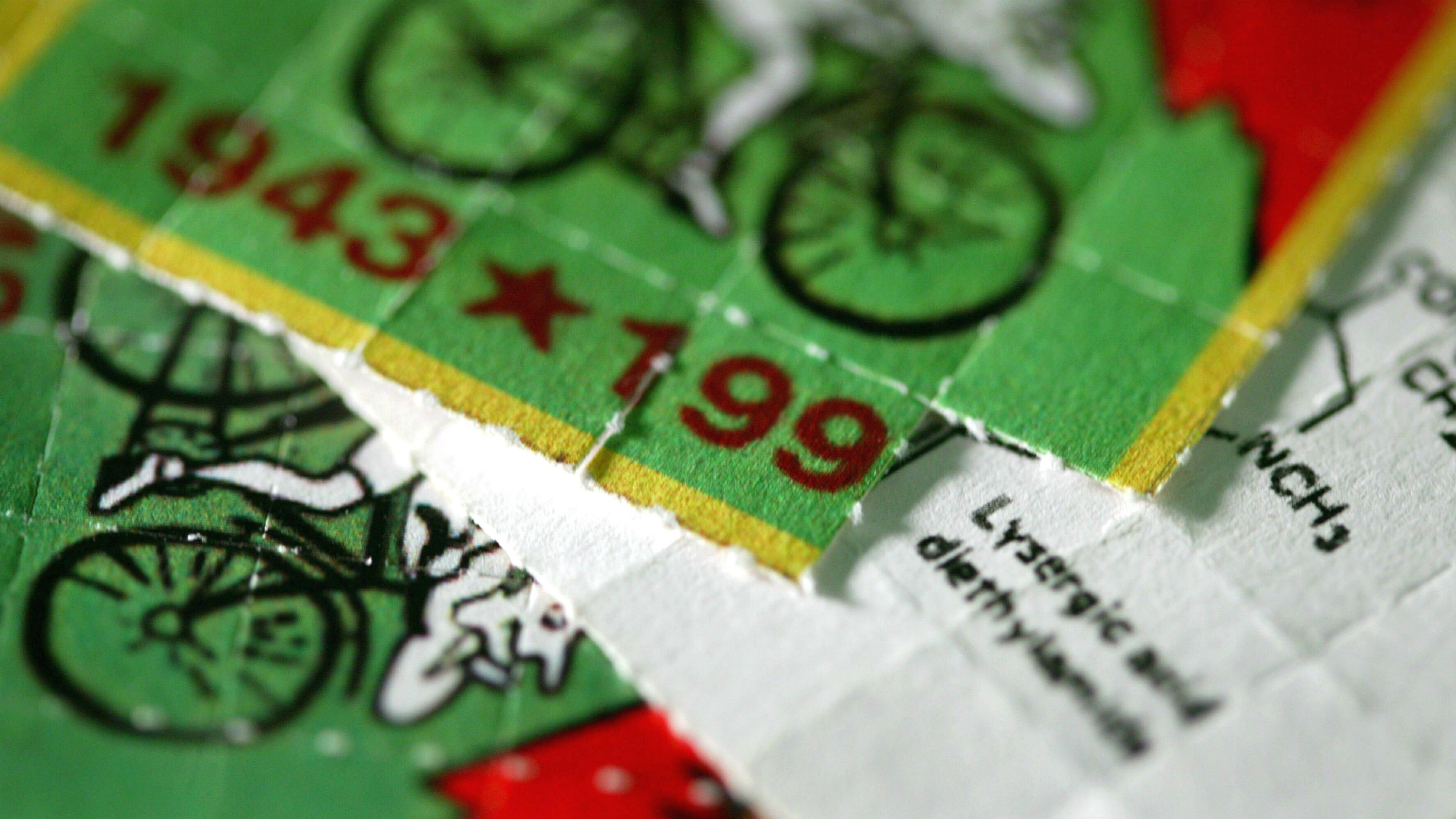
‘When it comes to microdosing, it’s still a grass-roots movement, so we don’t yet have enough research to show what it does in the brain,’ says Dr Rosalind Watts, a clinical psychologist at the Psychedelic Research Group at Imperial College London. ‘Anecdotally, those who take it report feeling more optimistic and creative, and say they can do their jobs better, but we need more research.’ Her team has looked at high doses of the drugs and found all psychedelics, including Peruvian plant brew ayahuasca, psilocybin (the psychoactive component of magic mushrooms) and LSD, stimulate the 5-HT2A serotonin receptors in the brain’s prefrontal cortex. This mimics the effects of mood-boosting serotonin, leads to increased transmission of the neurotransmitter glutamate, and dampens activity in the default mode network (DMN), an area of the brain used for everyday mental activities, such as self-reflection and thinking back over the past or to the future. ‘This area can become overactive and trap you in repetitive negative thinking, as seen in depression and anxiety,’ says Dr Watts. ‘But on a psychedelic it’s quietened, so users report feeling more open to new thoughts.’ Scans also show that areas of the brain that weren’t talking to each other start connecting. Dr Watts says this probably explains why psychedelics in big doses thought capable of giving users a negative experience can also help a person to gain perspective, think flexibly and come up with new solutions and ideas. ‘In depression and anxiety, a trip takes you to the source of your pain, so you can develop a different view of it,’ she says.
'Psychedelics are being viewed as a huge potential mental-health breakthrough in clinical circle'
But the jury’s still (far) out on whether microdosing may have the same benefits. ‘A microdose is not enough to give you a psychedelic experience,’ says Dr David Erritzoe, a researcher in the Centre for Neuropsychopharmacology at Imperial College London, whose team is about to begin a series of studies on the subject. ‘Nevertheless, the theory is that it still has some kind of effect on the brain, even if you don’t have a trip. So far, there are lots of strong anecdotal reports that it works, but this could be a placebo effect,’ he says. ‘After all, these are illegal substances, so the people getting hold of them usually have to look hard for them and are taking a legal risk. To go to those lengths, we can assume they are probably doing it because they expect it to work. And we know how powerful the placebo effect can be.’ Dr Erritzoe and his colleague have devised a way of gathering reports of people’s microdosing experiences, which would help rule out the placebo effect so, once the study is complete, scientists will have a better idea of whether it’s actually effective.
Psychedelics are being viewed as a huge potential mental-health breakthrough in clinical circles. For lots of people, though, going through a potentially challenging full trip could feel too much. Take a regular, tiny dose and you may get some of the benefits without having to experience the difficult parts. It’s a promising theory, but Dr Watts says that may be missing the point. ‘It’s possible you need an epic, transformative trip in order to see life in a different way, so microdosing just isn’t effective enough,’ she says.
Marie Claire Newsletter
Celebrity news, beauty, fashion advice, and fascinating features, delivered straight to your inbox!
'The proven positive side of psychedelics is that they can build empathy'
Such debate over the effectiveness of microdosing, however, doesn’t put off Louisa, a graphic designer from London. The 31-year-old admits she looks forward to her magic mushroom microdoses on tough days and isn’t about to give up any time soon. She first microdosed after visiting friends in LA who were advocates. ‘I’ve been really down since splitting up with my fiancé, and I’m aware the doses give just enough to lift my mood and help me relax, like a glass of wine,’ she says.’
According to Dr Watts, this kind of use won’t do the person any harm, although it won’t help much, either. ‘The proven positive side of psychedelics is that they can build empathy, helping you feel more at one with the world and connected with others – that’s a big part of their effectiveness,’ she says. ‘If you’re just taking a microdose at home then going to work with people who don’t even know you’ve done it, you lose that.’ It can also mean you’re opening up a little without having support structures in place, adds Dr Watts, and even with microdosing the effects can sometimes be unpredictable and you may feel surprisingly emotional.
'It's an unregulated and illegal area'
However, Dr Watts does see one potential. ‘Some people do it to maintain the effects and connection after a full psychedelic experience,’ she says. ‘That could be really useful and something we might explore in the future.’ But she advises caution. ‘It’s an unregulated and illegal area, so the purchase and taking of these substances still carries high levels of risks. Until there is a change in the law allowing more research, microdosing isn’t something I’d recommend.’
Read on to find out what it's like to be a female CEO in Silicon Valley https://www.marieclaire.co.uk/life/work/female-silicon-valley-ceo-517336
‘What I learned from four weeks of microdosing mushrooms’
Charlotte Haigh shares her story
‘I’m an experienced user of psychedelics, having been on ayahuasca retreats in Peru. Over the past few years, psychedelics have helped me come to terms with divorce, and given me a sense of confidence I never had before. But I hadn’t tried microdosing until this year. I was stressed with a huge workload, and generally feeling a bit stuck. And from what I’d read, I thought microdosing might help. I chose to use mushrooms because I preferred the idea of a natural plant substance to LSD, which is synthetic. I read The Third Wave’s guide to microdosing (thethirdwave.co) and took my first 250mg one morning after coffee, but before I’d eaten. Within half an hour, I could feel the effects – a gentle buzz of euphoria, milder than you might get with a glass of wine, but definitely obvious. I had to make an important phone call that morning and I could tell the difference. I was more upbeat and chatty than usual, but also very focused, and got a report I was writing that day done in super-quick time. But what really interested me was what happened over the next two days. While I couldn’t feel any obvious effects from the microdose after that first morning, I noticed how much more creative I was, coming up with lots of ideas and – crucially – having the confidence to follow them through. Every pitch I made that week was successful. Although there’s no science to back this up yet, anecdotally microdosers claim they feel in a creative “flow” state in between doses – and that was certainly my experience. On the next day I was due to microdose, I had a migraine brewing. I decided to take the dose anyway – one study has found that magic mushrooms help with cluster headaches, so I thought a small dose may shift the threatening migraine. Sure enough, within an hour, all the signs had gone. Instead of feeling groggy and drugged, as I would after conventional painkillers, I felt clear-headed and upbeat. I only had one slightly negative experience, when a dose had a stronger effect than I expected. Psilocybin isn’t distributed evenly throughout a mushroom, so you can’t be sure of the amount of active ingredient you’re consuming. That morning, I must have taken a bit with a more concentrated level. I was staying at a guest house and, over breakfast, I suddenly felt overwhelmed, as though my senses had all been sharpened – everything seemed brighter, clearer and louder, and I felt a little panicky. I went upstairs to lie down for half an hour and it passed, but that could have been difficult to deal with in other circumstances.’
A Really Good Day: How Microdosing Made A Mega Difference In My Mood, My Marriage, And My Life by Ayelet Waldman (£8.99, Corsair)
The leading destination for fashion, beauty, shopping and finger-on-the-pulse views on the latest issues. Marie Claire's travel content helps you delight in discovering new destinations around the globe, offering a unique – and sometimes unchartered – travel experience. From new hotel openings to the destinations tipped to take over our travel calendars, this iconic name has it covered.
-
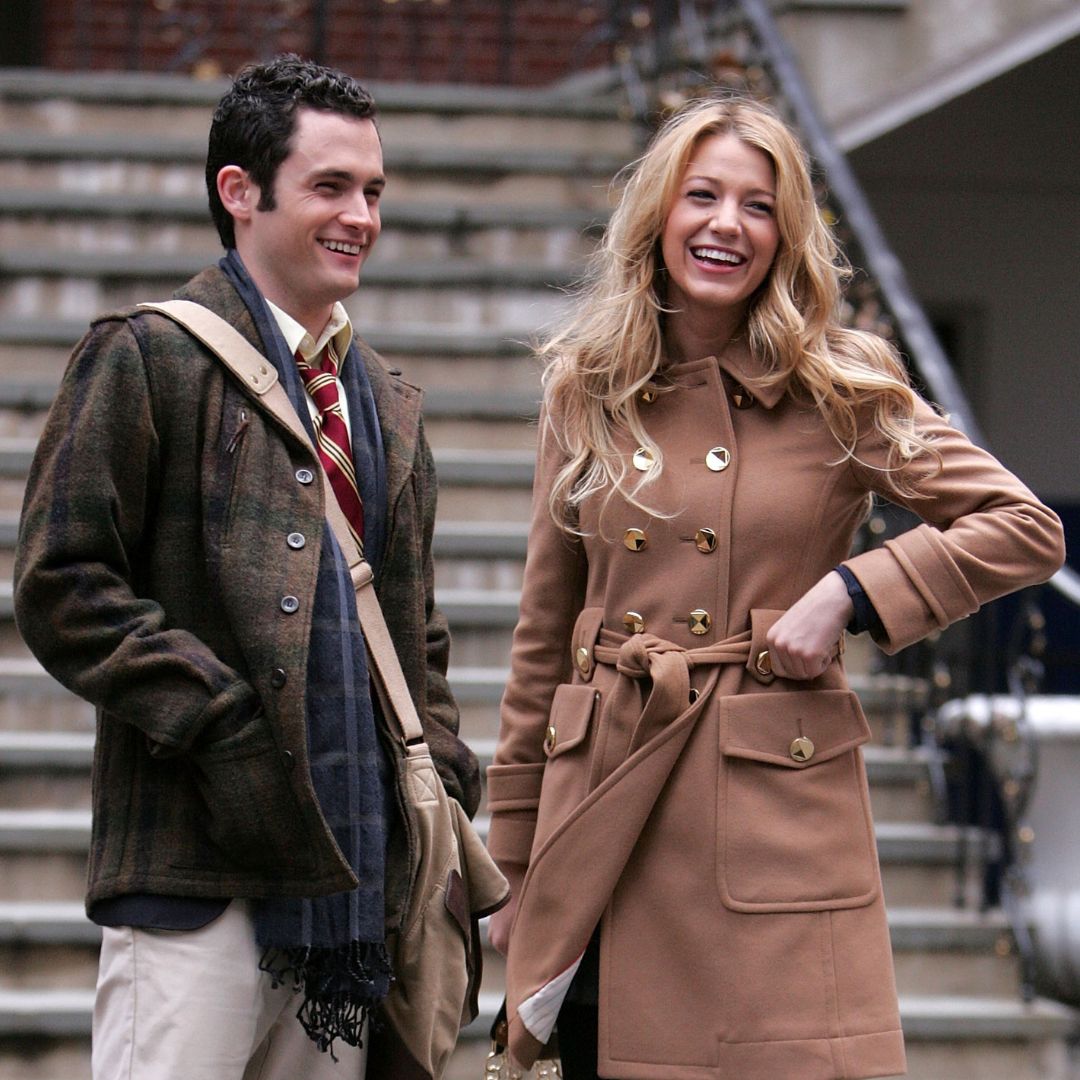 Penn Badgley and Blake Lively kept their breakup a secret from the Gossip Girl cast and crew - here's what we know about their former relationship
Penn Badgley and Blake Lively kept their breakup a secret from the Gossip Girl cast and crew - here's what we know about their former relationshipBy Jenny Proudfoot
-
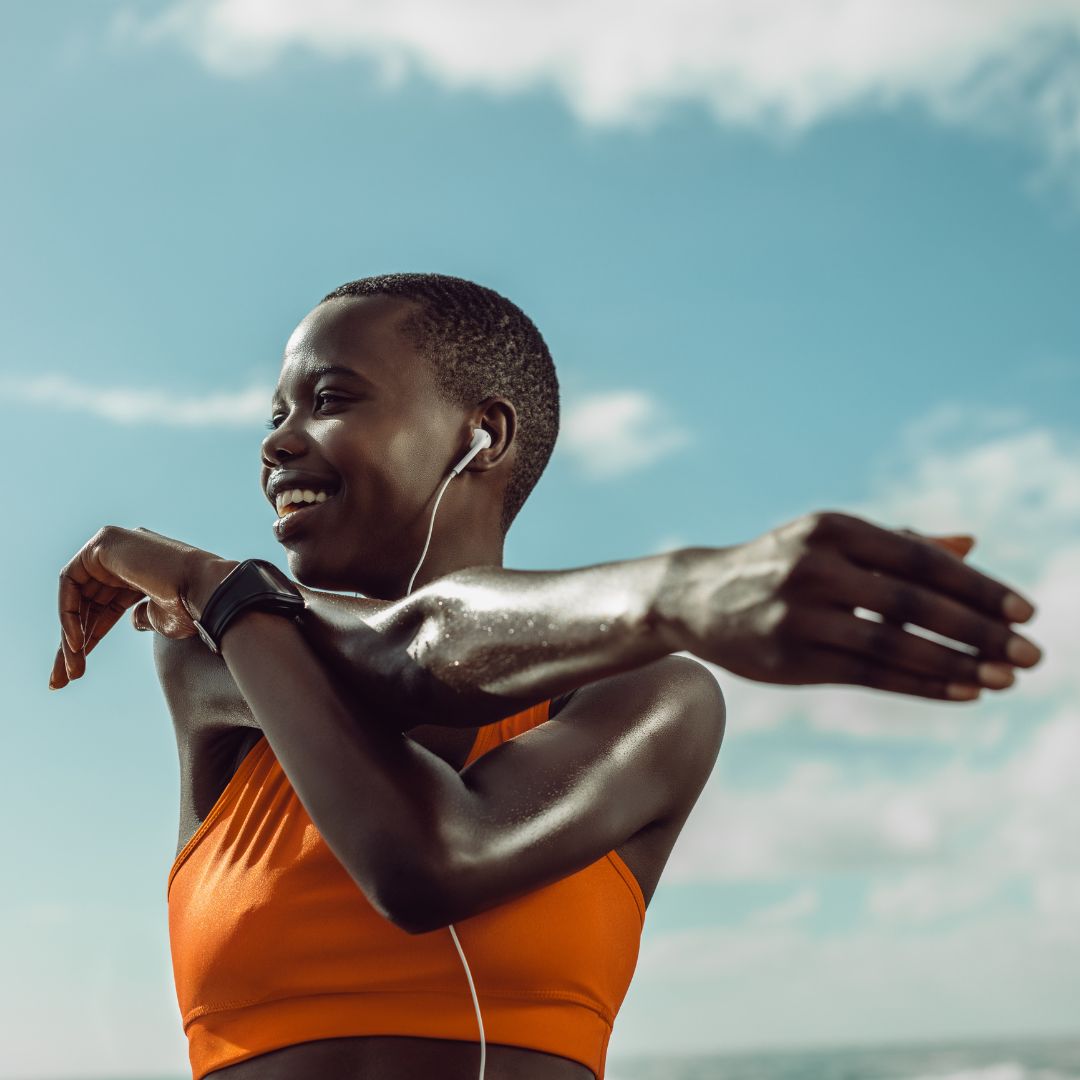 Spring has finally sprung - 6 best outdoor workouts that are totally free and boost both body and mind
Spring has finally sprung - 6 best outdoor workouts that are totally free and boost both body and mindSoak in the nature and boost Vitamin D *and* endorphins.
By Anna Bartter
-
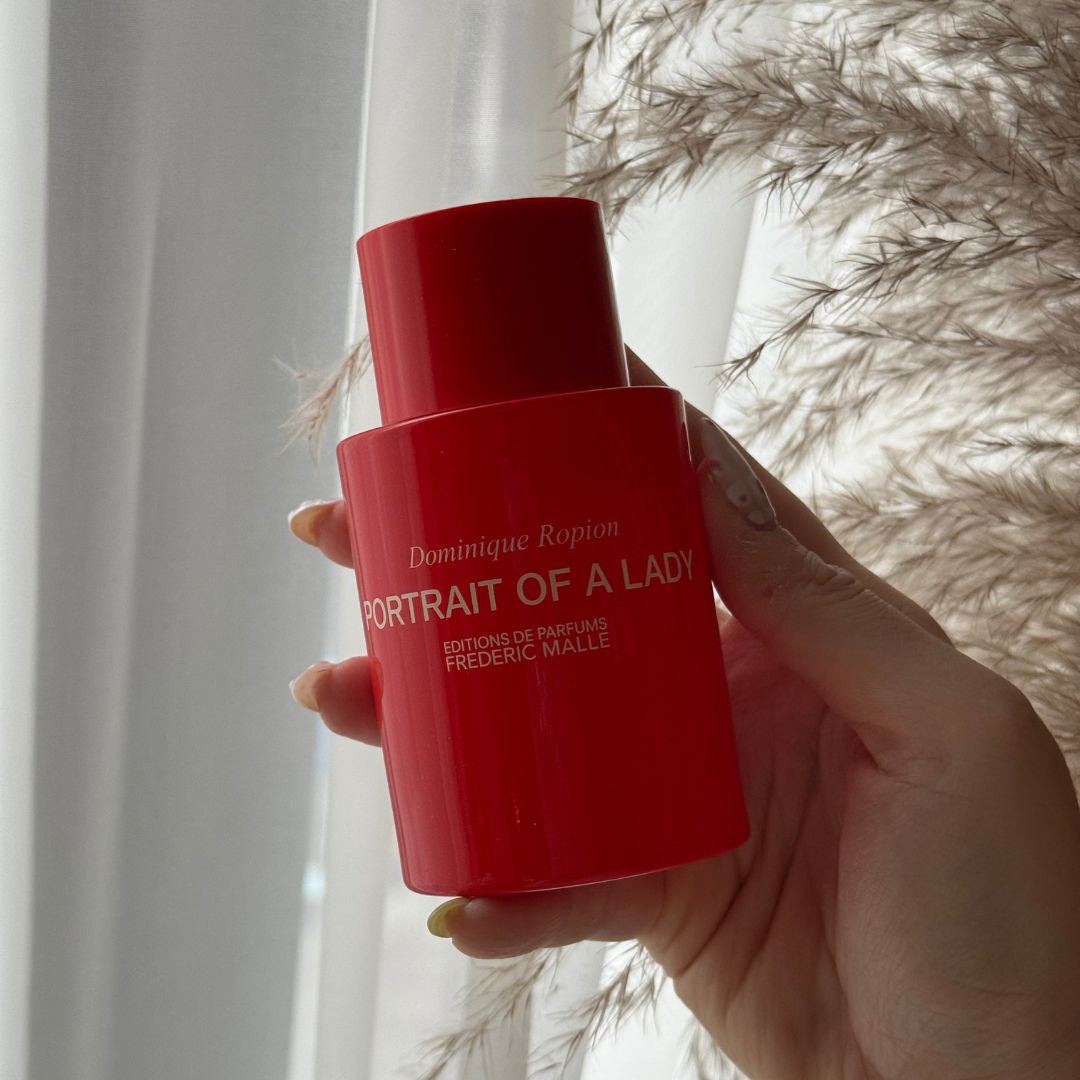 This iconic rose perfume is a compliment magnet—it makes me feel ‘put together’ after just one spritz
This iconic rose perfume is a compliment magnet—it makes me feel ‘put together’ after just one spritzGrown-up and elegant, yet not at all dated.
By Denise Primbet